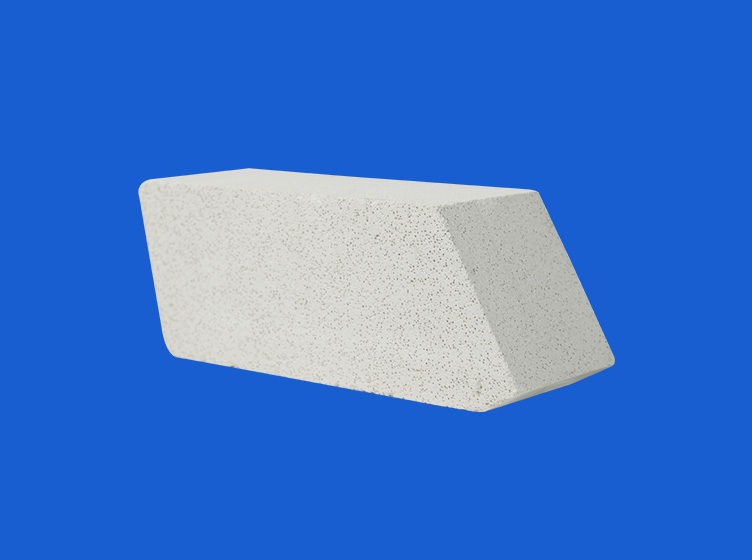How the size of insulating firebricks affects their thermal conductivity
The size of insulating firebricks has a certain impact on their thermal conductivity. In the industrial field, thermal conductivity is an important factor to consider when choosing insulating firebricks. For insulating firebricks, larger bricks have a longer heat transfer path and a larger surface area, which can efficiently transfer heat. The larger surface area means that more heat can be transferred through the surface of the brick. These factors together mean that larger bricks typically have lower thermal conductivity.
On the other hand, smaller bricks have a relatively shorter heat transfer path, and their smaller surface area means that they transfer relatively less heat per unit time. Therefore, smaller insulating firebricks generally have higher thermal conductivity.
In addition, smaller bricks may require more joints to cover the specified surface area. These joints themselves can become a path for heat transfer, further increasing the overall thermal conductivity of the brick.
Application: Wall and lining insulating materials for carburizing furnaces, nitriding furnaces, continuous furnaces, rotary body furnaces, pusher furnaces, and other thermal treatment furnaces as well as other industrial kilns.














